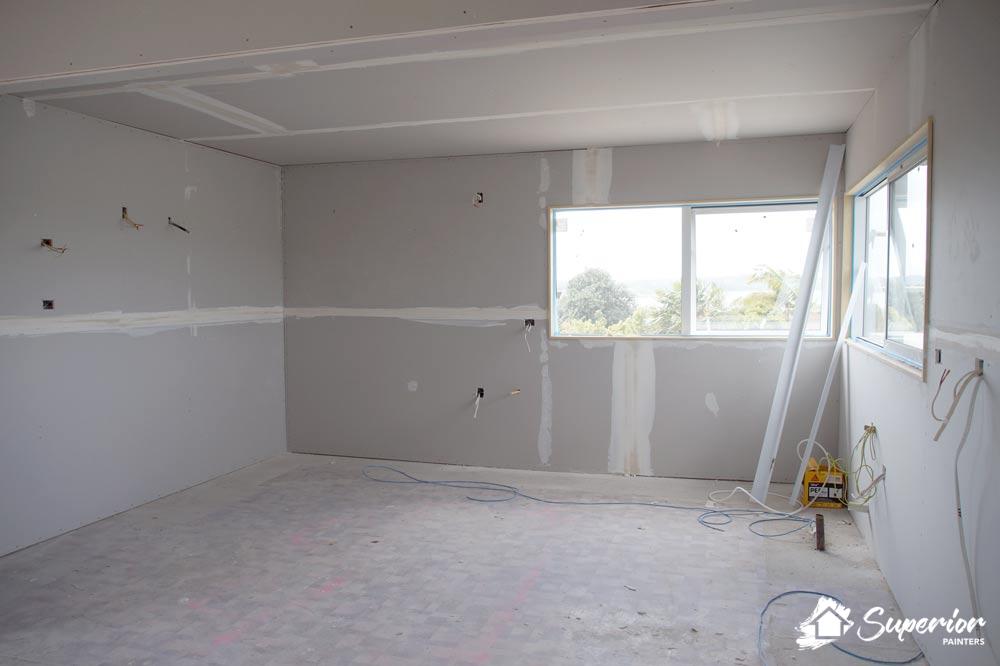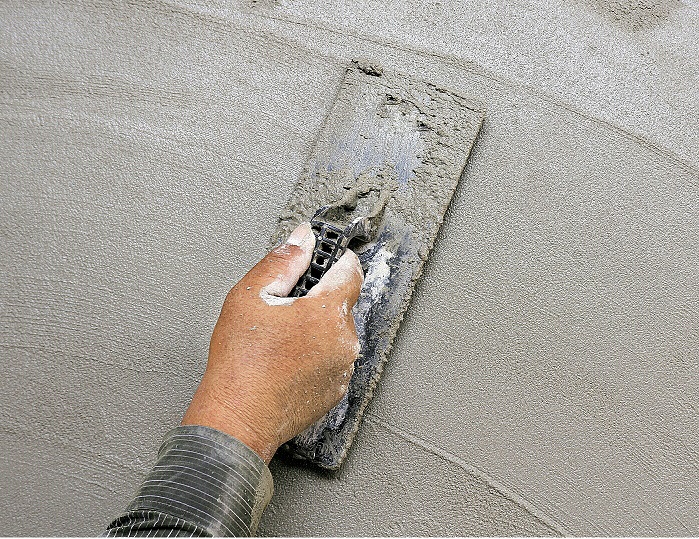Exterior Plastering: Safeguard and Beautify Your Residential Property with Proficiency
Exterior Plastering: Safeguard and Beautify Your Residential Property with Proficiency
Blog Article
A Comprehensive Guide to Mastering Plastering Abilities for Your Renovation Demands

Crucial Devices and Products
In the realm of plastering, having the right devices and products is critical to accomplishing a remarkable finish. Various necessary tools serve distinct objectives, making certain effectiveness and accuracy throughout the smudging process. A premium trowel, as an example, is essential for smoothing and using plaster, while a hawk supplies a stable platform for holding the product. A joint knife is additionally critical for in-depth job, particularly in sides and corners.
Along with devices, picking the appropriate plastering products is important. Gypsum-based plasters are commonly chosen for their flexibility and convenience of use, while cement-based choices are perfect for outside applications due to their toughness. Water and bonding representatives play substantial roles in accomplishing correct consistency and bond, guaranteeing that the plaster adheres properly to the surface area.
Additionally, safety gear such as goggles, masks, and gloves is vital to guard versus dirt and irritation during the application process. By constructing the appropriate combination of devices and products, plasterers can enhance their ability collection and produce top notch finishes, inevitably elevating the total workmanship of their work.
Preparing Surface Areas for Plastering
Accomplishing a long lasting and smooth plaster finish begins with careful preparation of the surfaces to be smudged. This foundational action is critical to making certain bond and the long life of the plaster. Begin by assessing the condition of the substratum-- whether it is drywall, concrete, or masonry-- getting rid of any kind of loose paint, dust, or debris that may disrupt bonding.
Next, fix any type of blemishes such as cracks or openings. Use a suitable filler to achieve a degree surface; this can be essential for stopping future problems. When repaired, ensure the surface is completely dry and clean, as wetness can endanger plaster adherence.
For permeable surfaces, it is advisable to apply a bonding agent. This product boosts bond and develops a reliable user interface in between the plaster and substratum. If working with previously plastered surface areas, it might be necessary to scuff or sand the area gently to give a secret for the brand-new plaster layer.
Gluing Strategies and Tips
Understanding smudging strategies needs both skill and method to attain a flawless surface. One vital technique is the application of the plaster in multiple slim layers, instead than a single thick layer. This technique enables much better attachment and reduces the danger of fracturing. Start with a skim coat, guaranteeing it is equally spread and leveled with a hawk and trowel. Utilize a straightedge to look for any imperfections before going on to subsequent layers.
When applying the finish layer, employ a troweling method that includes holding the trowel at a minor angle and working in a circular activity. This assists to develop a smooth surface and reduces the look of trowel marks. In addition, keep a spray bottle of water helpful to mist the surface area lightly; this maintains the plaster workable and enables smoother ending up.
Timing is critical; work effectively, as the plaster begins to set. When the plaster has actually firmed up yet is still moist, use a moist sponge to delicately smooth the surface area additionally. Last but not least, permit adequate drying time before fining sand or painting, guaranteeing your tough job leads to an expert, high-grade surface.
Typical Mistakes to Stay Clear Of

An additional common error is applying plaster as well heavily. Excitable applications can lead to fracturing and extended drying times. It's vital to apply plaster in thin, even layers, allowing each coat to his comment is here dry appropriately prior to adding a lot more.
Additionally, not making use of the right tools can impede the quality of the finish. Utilizing inappropriate trowels or mixers can create inconsistencies in the gluing process. Always decide for top quality devices designed for smudging jobs.
Lastly, several people ignore the value of timing. Functioning in unsuitable temperatures or humidity degrees can detrimentally affect plaster curing and drying. It is a good idea to examine climate condition and adapt your timetable as necessary.
Finishing Touches for a Specialist Appearance
The lasts of a gluing task are essential for accomplishing a polished, professional look. When the plaster has dried out completely, the following action is to evaluate the surface area for blemishes. Minor bumps, openings, or uneven areas ought to be addressed utilizing fine sandpaper or a sanding block. This careful attention to detail is important for making sure a smooth finish.
After fining sand, it's recommended to clean up the surface to remove any dirt and particles. A damp cloth is efficient for this objective, adhered to by an extensive drying out duration. If necessary, applying a thin layer of completing plaster can enhance the surface area additionally, providing a smooth coating.
As soon as the finishing plaster is completely dry, an additional round of sanding might be required to achieve the desired level of smoothness. Finally, think about using a primer prior to paint or wallpapering, which will enhance attachment and resilience.
Conclusion
Understanding gluing skills dramatically improves the quality of remodelling jobs. A detailed understanding of essential devices, surface area prep work, and effective techniques is crucial for accomplishing professional results. Awareness of typical blunders permits the avoidance of costly errors, while attention to ending up touches makes sure a polished appearance. Eventually, the integration of these aspects adds to the development of smooth, durable surfaces that raise the visual value of any kind of space, highlighting the importance of have a peek at this website competent plastering in home enhancement endeavors.
Water and bonding agents play considerable functions in achieving correct uniformity and bond, making sure that the plaster sticks successfully to the surface. Plastering.


Additionally, keep a spray try these out container of water useful to mist the surface area gently; this keeps the plaster practical and permits for smoother ending up. (Plastering)
If necessary, applying a thin layer of ending up plaster can improve the surface area better, providing a seamless coating.
Report this page